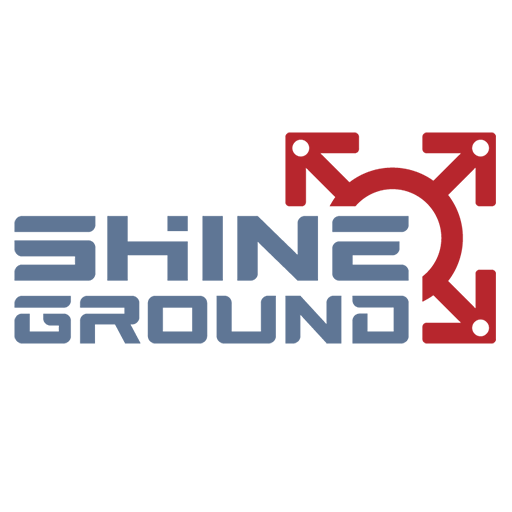Aluminum profiles are widely used in the manufacturing of protective covers due to their lightweight, high strength, corrosion resistance, and ease of processing. This article explores the advantages of aluminum profiles in protective cover applications, including their structural flexibility, durability, and cost-effectiveness. Additionally, it discusses various industrial applications, design considerations, and future trends in the use of aluminum profiles for protective solutions.
1. Introduction
Protective covers are essential in various industries to shield equipment, machinery, and personnel from environmental hazards, mechanical damage, and operational risks. Aluminum profiles have become a preferred material for constructing these covers due to their superior mechanical properties and adaptability. Unlike steel or plastic, aluminum offers an optimal balance between strength and weight, making it ideal for applications requiring durability without excessive bulk.
2. Advantages of Aluminum Profiles in Protective Covers
2.1 Lightweight yet Strong
Aluminum profiles provide excellent strength-to-weight ratios, making them suitable for protective covers that require both robustness and portability. Their lightweight nature reduces the overall load on supporting structures while maintaining structural integrity.
2.2 Corrosion Resistance
Aluminum naturally forms an oxide layer that protects it from rust and corrosion, unlike steel. This property is particularly beneficial in harsh environments, such as marine, chemical, or outdoor industrial applications.
2.3 Flexibility in Design
Aluminum profiles can be extruded into complex shapes, allowing for customized designs that meet specific protective requirements. Modular designs enable easy assembly, disassembly, and modifications, enhancing adaptability.
2.4 Thermal and Electrical Conductivity
While aluminum conducts heat and electricity, protective covers can be designed with insulating layers or coatings to mitigate these properties when necessary. In some cases, thermal conductivity is advantageous for heat dissipation in electronic enclosures.
2.5 Cost-Effectiveness
Although aluminum may have a higher initial cost than some materials, its longevity, low maintenance, and recyclability make it a cost-effective solution in the long run.
3. Industrial Applications of Aluminum Profile Protective Covers
3.1 Machinery and Equipment Protection
In manufacturing plants, aluminum profile covers are used to safeguard CNC machines, robotic arms, and conveyor systems from dust, debris, and accidental impacts. Their modularity allows for easy access during maintenance.
3.2 Electrical and Electronic Enclosures
Aluminum profiles are used to construct protective housings for control panels, server racks, and power distribution units. Their EMI/RFI shielding properties (when properly treated) enhance protection for sensitive electronics.
3.3 Automotive and Transportation
In the automotive sector, aluminum protective covers are employed in battery casings for electric vehicles (EVs), engine compartments, and underbody shields due to their lightweight and impact resistance.
3.4 Medical and Laboratory Equipment
Aluminum profiles provide hygienic, easy-to-clean protective barriers for medical devices and lab instruments, ensuring contamination control and durability.
3.5 Renewable Energy Systems
Solar panel frames and wind turbine component covers often utilize aluminum profiles due to their resistance to weathering and structural stability.
4. Design Considerations for Aluminum Profile Protective Covers
4.1 Load-Bearing Requirements
The design must account for static and dynamic loads, such as impacts or vibrations. Reinforced aluminum profiles with internal gussets or thicker walls may be necessary for heavy-duty applications.
4.2 Environmental Factors
Humidity & Salt Exposure: Anodized or powder-coated aluminum enhances corrosion resistance.
Temperature Extremes: Aluminum’s thermal expansion must be considered in high-temperature environments.
UV Exposure: Protective coatings prevent degradation from prolonged sunlight exposure.
4.3 Ease of Assembly and Maintenance
Modular designs with T-slot or snap-fit aluminum profiles allow for quick installation and reconfiguration without specialized tools.
4.4 Aesthetic and Functional Integration
Aluminum profiles can be finished in various colors and textures to match industrial aesthetics while maintaining functionality.
5. Future Trends in Aluminum Profile Protective Covers
5.1 Smart Protective Covers
Integration with IOT sensors for real-time monitoring of structural integrity, temperature, and environmental conditions.
5.2 Sustainable Manufacturing
Increased use of recycled aluminum and energy-efficient extrusion processes to reduce carbon footprints.
5.3 Hybrid Material Solutions
Combining aluminum with composite materials or 3D-printed components for enhanced performance in specialized applications.
6. Conclusion
Aluminum profiles offer a versatile, durable, and cost-efficient solution for protective covers across multiple industries. Their adaptability in design, resistance to environmental factors, and lightweight properties make them superior to traditional materials like steel or plastic. As technology advances, aluminum profile protective covers will continue to evolve, incorporating smart features and sustainable practices to meet future industrial demands.


